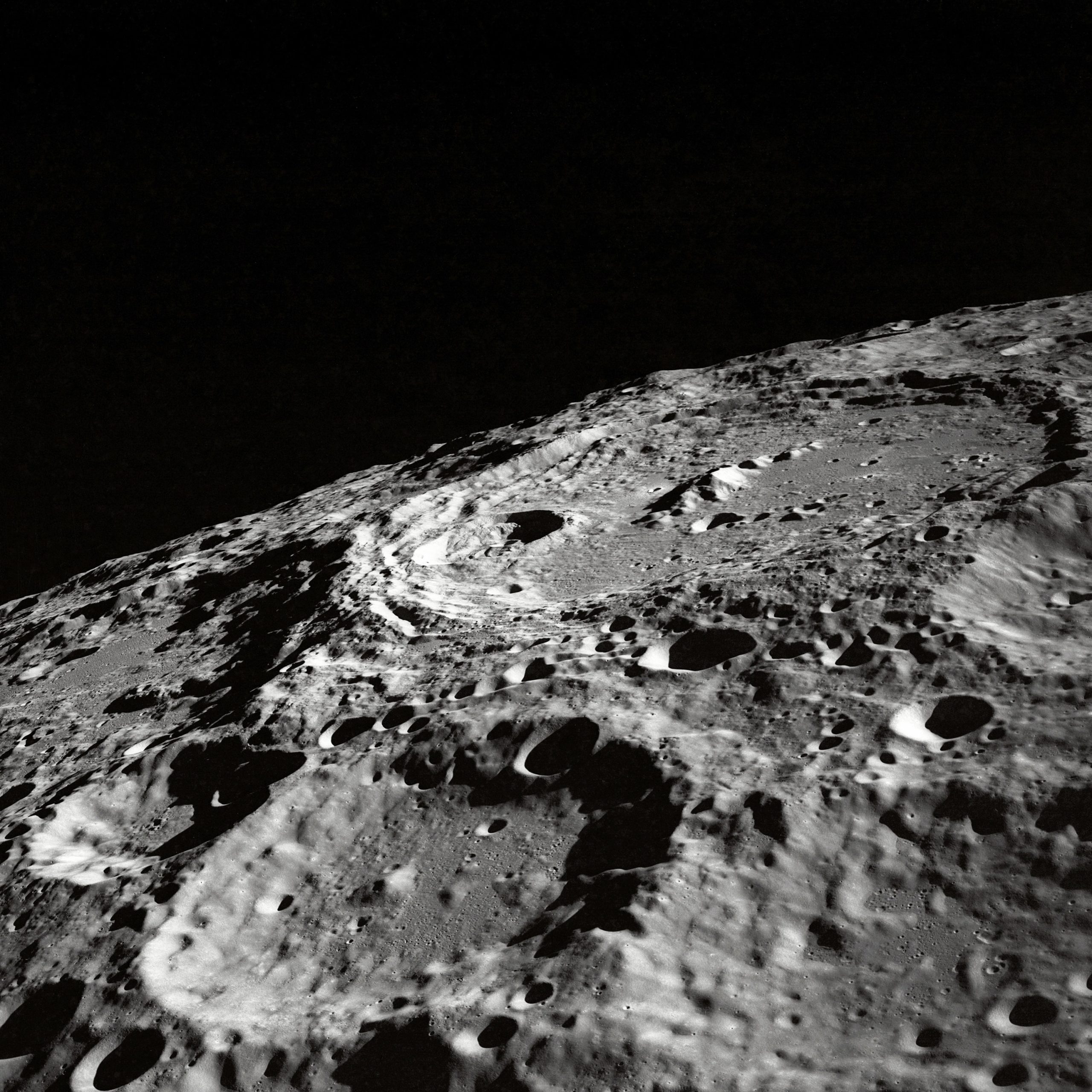The Waxing Gibbous Period Cycle
When we look up at the night sky on a clear evening, we are often captivated by the glowing, luminous sphere that is the moon. Its ever-changing appearance has fascinated humanity for centuries, and one of the most intriguing phases of the moon is the waxing gibbous period cycle.
Understanding the Moon’s Phases
Before delving into the specifics of the waxing gibbous period cycle, it’s important to have a basic understanding of the moon’s phases as a whole. The moon orbits around the Earth, and as it does so, the relative positions of the Earth, moon, and sun result in different amounts of illumination on the moon’s surface.
The moon’s cycle is divided into eight distinct phases: new moon, waxing crescent, first quarter, waxing gibbous, full moon, waning gibbous, last quarter, and waning crescent. Each phase occurs approximately every 29.5 days, reflecting the moon’s orbit around the Earth.
The Waxing Gibbous Phase
Now, let’s focus on the waxing gibbous phase, which occurs just before the full moon. During this period, the moon appears to be more than half illuminated but less than fully illuminated. The term “gibbous” comes from the Latin word “gibbosus,” meaning humpbacked or hump-shaped, precisely describing the moon’s appearance at this time.
The waxing gibbous phase begins right after the first quarter phase and lasts until just before the full moon. It is characterized by an increasing amount of illumination on the moon’s surface, as the sun’s light reflects off a greater portion of the moon facing the Earth.
Visible Features during the Waxing Gibbous Phase
During the waxing gibbous phase, several fascinating features become visible to the naked eye or with the help of binoculars or telescopes. Here are a few noteworthy characteristics:
| Feature | Description |
|---|---|
| Craters | The moon’s surface is marked by numerous impact craters, most of which were formed by asteroids or meteoroids colliding with the lunar surface. These craters are more pronounced during the waxing gibbous phase. |
| Maria | The dark, flat regions of the moon known as maria are more easily observed during this phase. These vast plains were formed by ancient volcanic eruptions and are visible due to the angle of sunlight during waxing gibbous. |
| Mountain Ranges | Mountain ranges on the moon, such as the Montes Apenninus and the Montes Caucasus, become more prominent during the waxing gibbous phase. The sun’s light highlights the jagged peaks and slopes of these lunar mountains. |
The Significance of the Waxing Gibbous Phase
While the waxing gibbous phase may not garner as much attention as the full moon or other striking lunar phases, it plays a crucial role in the moon’s cycle and has several significant implications:
- Transition to Full Moon: The waxing gibbous phase marks the gradual transition between the first quarter and full moon. As the moon approaches the full moon phase, its brightness and visibility increase each night, building anticipation.
- Extended Moonlit Nights: During the waxing gibbous phase, the moon rises in the afternoon and remains visible throughout the night. This extended moonlit period has an impact on various natural phenomena, including animal behavior and plant growth.
- Astronomical Observations: The visibility of craters, maria, and mountain ranges during the waxing gibbous phase provides astronomers and amateur stargazers with excellent opportunities for observation and study.
How to Observe the Waxing Gibbous Moon
Observing the waxing gibbous moon is a rewarding experience that can be enjoyed by anyone with an interest in astronomy. Here are some tips to make the most of your observation:
- Find a Dark Location: Choose a spot away from city lights and light pollution to minimize distractions and enhance visibility.
- Use Binoculars or a Telescope: While the waxing gibbous phase can be seen with the naked eye, using binoculars or a telescope will enable you to observe the moon’s features in greater detail.
- Keep a Moon Observation Journal: Document your observations, including the date, time, and any unique features you notice. Over time, you will create a personal record of the moon’s waxing gibbous cycle.
In Conclusion
The waxing gibbous period cycle is a fascinating phase within the moon’s orbit around the Earth. It offers opportunities to observe the moon’s features in detail and marks the transition towards the highly anticipated full moon phase. Whether you are a seasoned astronomer or simply enjoy stargazing, taking the time to appreciate the beauty of the waxing gibbous moon is an enriching experience.
Table of Contents
